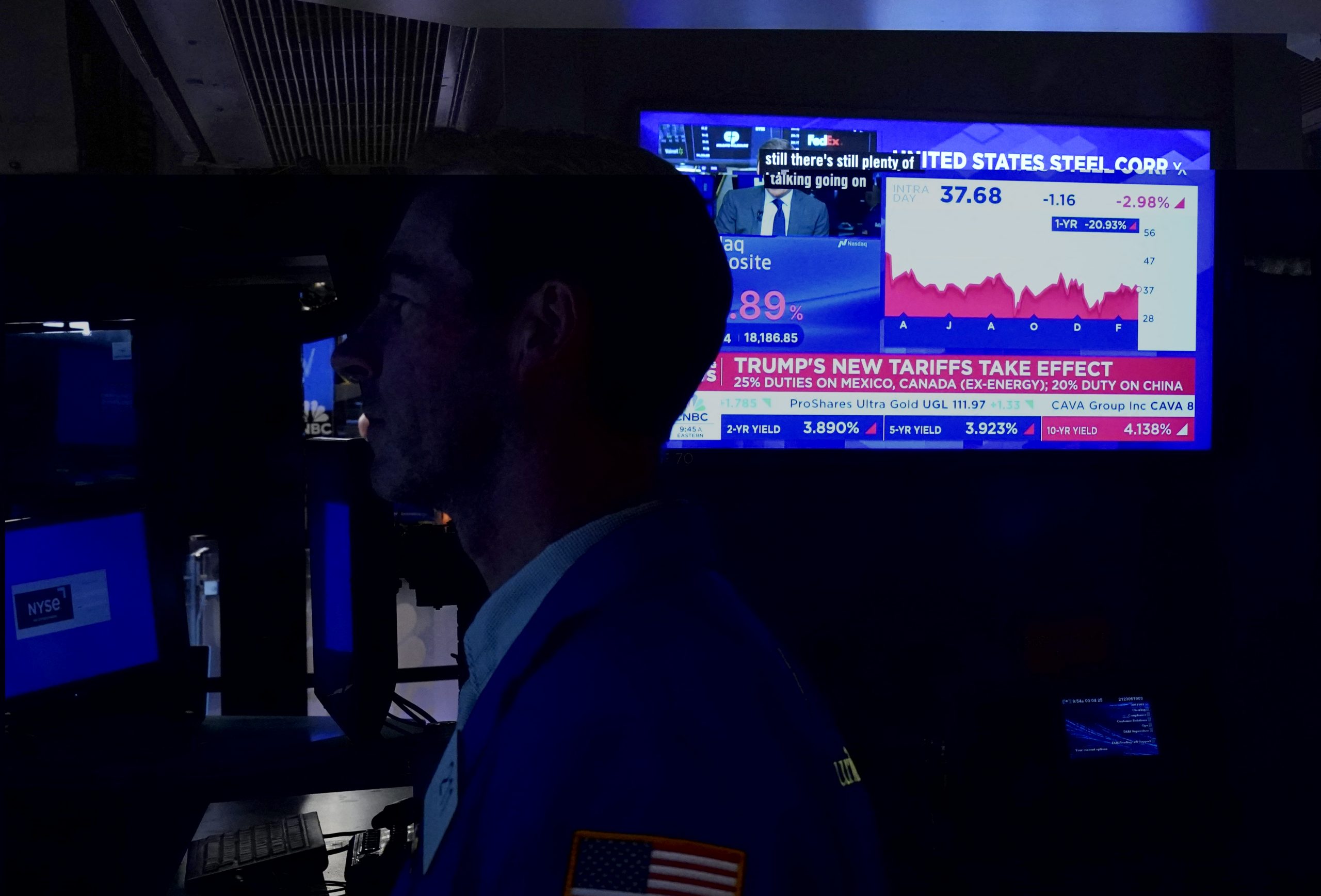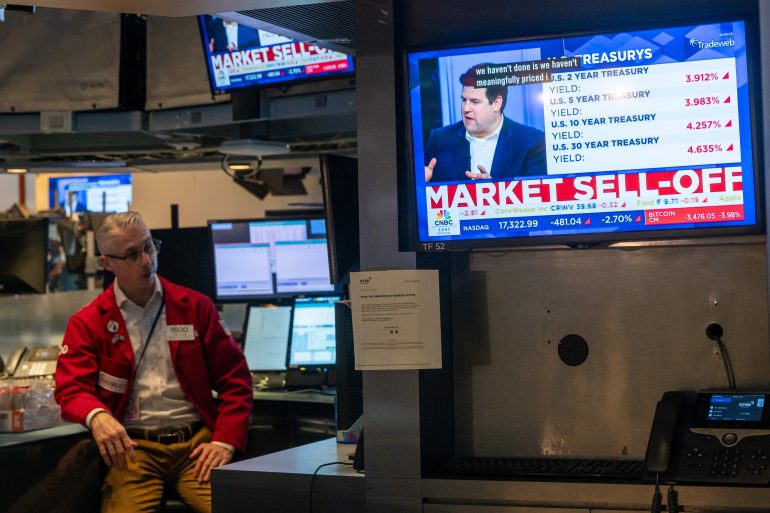The US stock market remains highly volatile, swinging sharply downward on Thursday after an unprecedented rally on Wednesday. The NASDAQ Composite dropped 5.7% Thursday morning, following its historic 12.16% surge the previous day. This earlier rally came after President Donald Trump announced a temporary 90-day pause on significant tariffs impacting over 70 global trading partners, which boosted market sentiment.
Tariff Confusion and Expansions Spark Investor Anxiety, Hitting Key US Trade Partners
Despite the initial optimism, investors were quickly hit by fresh concerns regarding Trump’s broader tariff strategy. While tariffs on countries like Japan and the EU were paused, Trump maintained a base 10% tariff globally and introduced extremely high tariffs on China. Confusion escalated when Trump hinted at a 125% tariff on Chinese goods, which was later clarified by officials as a total 145% tariff, combining a new 125% levy with the previous 20%.

Another surprise for investors was the revelation that Trump’s 10% general tariff now applies to Mexico and Canada, despite earlier assumptions that they were exempt under the USMCA agreement. This policy shift undermined market expectations and added pressure on companies relying heavily on trade with the US’s top three partners—China, Mexico, and Canada—contributing to fears of rising consumer prices and strained supply chains.
Economists Warn of Export Declines, Trade Collapse, and Persistent Market Volatility Ahead
Leading economists expressed concern over the potential economic fallout. Pantheon Macroeconomics projected a 1% rise in consumer prices and a dramatic 90% drop in US-China trade. They also forecast a 5% drop in US goods exports and a GDP reduction of 0.35%. UBS and Goldman Sachs offered slightly more optimistic takes, with Goldman revising its US recession probability down to 45%, while Deutsche Bank emphasized the broader implications of a deepening US-China economic decoupling.
The NASDAQ remains at the center of the market’s tariff-driven turbulence. Despite brief rebounds, the index has breached key support levels and now eyes 14,500 as a critical floor. With technical indicators like the 50-day SMA falling below the 200-day, analysts expect continued bearish pressure. Recovery hinges on breaking back above the 17,500 mark, but for now, uncertainty around trade policy continues to cloud investor sentiment and market momentum.

